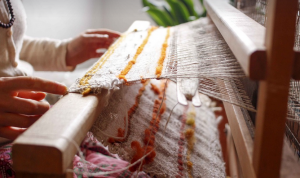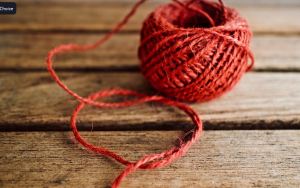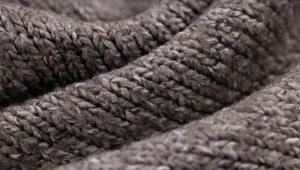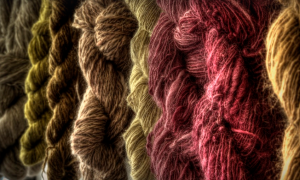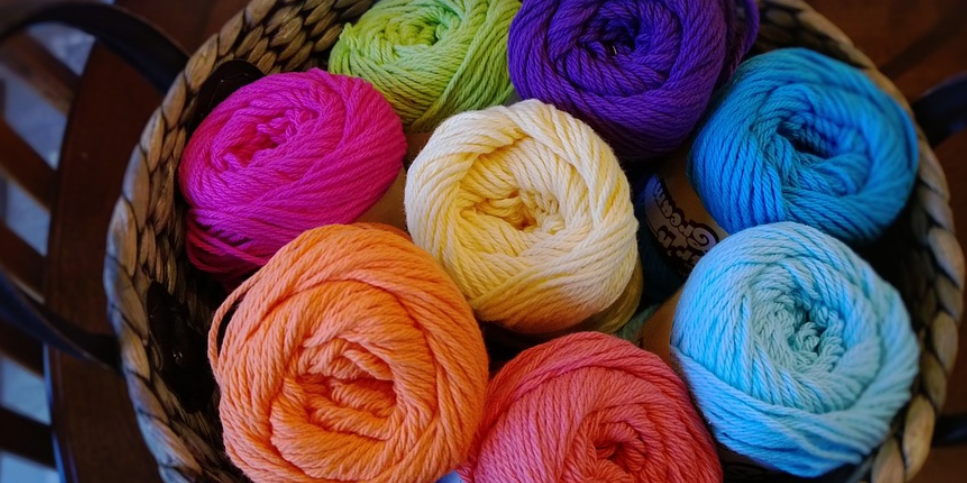
The Importance of Proper Tools
Getting your sewing machine humming again is a beautiful thing. A little love and care can have it running smoother than ever, bringing joy to your projects. However, before you begin diving into the world of repairs, equipping yourself with the right tools is crucial. It’s like going on a hike without a backpack – you might make it to the peak, but it won’t be a pleasant experience!
The truth is that some tools are essential for any serious sewing machine repairer. Without them, your journey of bringing machines back to life can become frustratingly difficult, and even dangerous. So, let’s dive into those must-have tools!
Basic Repair Kit
Your basic repair kit should be the foundation of your toolbox, serving as a consistent starting point for most repairs. Here are some essential items you need:
- Screwdrivers:
A set with both Phillips and flat-head screwdrivers is a must. Invest in good quality tools that can handle the precision required to take apart and reassemble machine components.
- Needle Files:
For smoothing out rough edges, filing parts of the machine that need some adjustment will make a huge difference. These come in various grits, so get one with a smaller grit for fine-tuning.
- Penetrating Oil or Lubricant:
Lubrication is crucial to keeping your machine running smoothly over time. Use penetrating oil if you hit any stubborn rust or corrosion. You’ll also need a suitable lubricant for the bobbin winding mechanism, and your sewing machine’s moving parts.
- Soldering Iron:
While not as common as other tools, a soldering iron comes in handy when working with electrical components. A small one will suffice for most repairs. Learning to use one properly is important, and practicing on spare parts can help you get the hang of it.
- Tweezers:
For those tricky little jobs, tweezers are invaluable. They’re essential for removing thread fragments from small gears or to grab delicate components with precision.
- Magnifying Glass:
A magnifying glass can be a boon when dealing with intricate parts of the machine, allowing you to read fine print on your manual and identify those crucial screws. Plus, it’s great for spotting tiny threads or bits of metal.
- Ruler:
A ruler will be useful when assembling parts, especially for ensuring they are in the correct alignment.
Advanced Tools
As your expertise grows and you tackle more challenging repairs, consider these advanced tools:
- Parts Cleaning Kit:
For those inevitable moments when components need a good scrub, have a parts cleaning kit on hand. There’s nothing worse than stubborn grease or grime getting stuck in your machine! This kit will have brushes, soapy water, and microfiber cloths.
- Bobbin Winder:
For anyone who wants to tackle bobbin winding with ease and precision. Learn the art of proper bobbin winding for a smooth sewing experience on your next project.
Resources for Learning and Information
Remember, learning is key! Don’t underestimate the value of online resources and helpful communities.
- **YouTube:** A treasure trove of video tutorials and step-by-step guides on specific repairs.
- **Online Sewing Forums:** Connect with other sewists, share experience, and even ask for help on specialized sewing machine repair forums.
- **Sewing Machine Manuals:** Always consult the official manual. It’s a source of invaluable information regarding your particular model.
Beyond learning from others, remember to take your time. Don’t rush into anything! Be patient and methodical in your repairs. You’ll be surprised how much you learn along the way.
